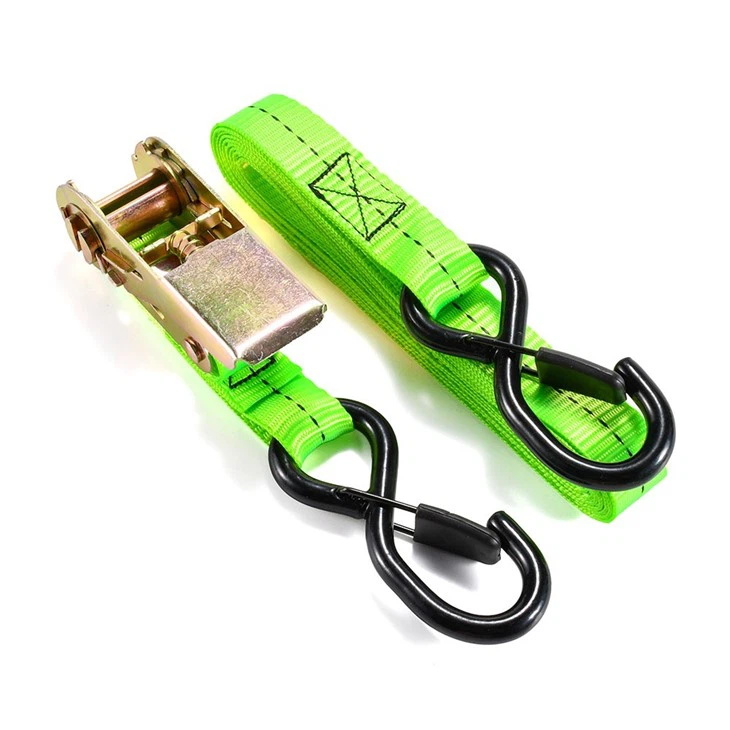How to Inspect and Maintain Webbing Lifting Slings

Webbing Lifting Slings play a vital role in many industries. They are used to lift, move, and support heavy loads. Because they are strong, flexible, and lightweight, they are often chosen over chains or ropes. However, just like any lifting gear, they need regular inspection and maintenance to stay safe and effective.
If a lifting sling fails during a lift, it can lead to serious damage or injury. That’s why proper care is not just a good idea—it’s a requirement. At The Ratchet Shop, safety is always a top priority. They encourage all users to inspect their slings before use and to maintain them properly to extend their life.
Understanding Webbing Lifting Slings
Webbing Lifting Slings are made from high-strength polyester or similar synthetic materials. These slings are soft, so they don’t damage the load. Yet, they are tough enough to handle heavy lifting in warehouses, factories, and construction sites. Their flexibility allows them to wrap around objects of all shapes and sizes.
They come in different lengths, widths, and capacities. Some slings have flat eyes at the ends, while others may include reinforced loops. Each type serves a specific purpose, but all must be cared for in the same careful way.
Why Inspection Is So Important
Before each lift, workers should inspect the sling. This helps prevent accidents. Over time, even the best lifting slings can wear out. Small signs of damage can grow into big problems if ignored.
Look closely at the surface of the sling. Check for cuts, frays, or broken threads. These signs show that the sling may be too weak to use. Also, look for signs of chemical damage, such as hard or discolored areas. These changes often mean the sling has been exposed to something it shouldn't.
If the sling has a label, make sure it's still readable. The label shows the working load limit, material, and safety instructions. Without it, the sling should not be used.
How to Maintain Lifting Slings
Clean slings last longer. Dirt and debris can wear down the fibers over time. To clean a sling, use mild soap and water. Don’t use strong chemicals or rough brushes, as they may harm the fabric.
After cleaning, let the sling dry naturally. Don’t place it near high heat or under direct sunlight for long periods. Extreme heat can weaken the sling and reduce its strength.
Storage also matters. Keep slings in a dry, cool place when not in use. Hang them or lay them flat to avoid tangles and folds. Never store them where they can be crushed or exposed to sharp edges.
The Ratchet Shop recommends checking slings regularly, even when they are not in use. A damaged sling should always be removed from service right away. It should never be used again, even for light work.
When to Replace a Sling
If a sling shows clear damage, it’s time to replace it. Waiting too long is risky. A sling might look fine but still be unsafe if it has been exposed to heavy wear or harsh chemicals.
Regular inspection, proper storage, and gentle cleaning all help extend the life of Lifting Slings. Still, nothing lasts forever. Replacing old or worn slings with new ones is part of safe lifting practice.
At The Ratchet Shop, customers can find a wide range of lifting slings made to high standards. Their products are designed to handle tough jobs while keeping safety in focus.
Conclusion
Webbing Lifting Slings are useful, reliable, and safe—when cared for correctly. Inspection and maintenance are not optional; they are essential steps before any lift. By spotting damage early and storing slings properly, users can prevent accidents and save money in the long run.
Choose high-quality gear from trusted suppliers like The Ratchet Shop to ensure every lift is done safely. With the right care and attention, lifting slings will serve you well for many jobs to come.





